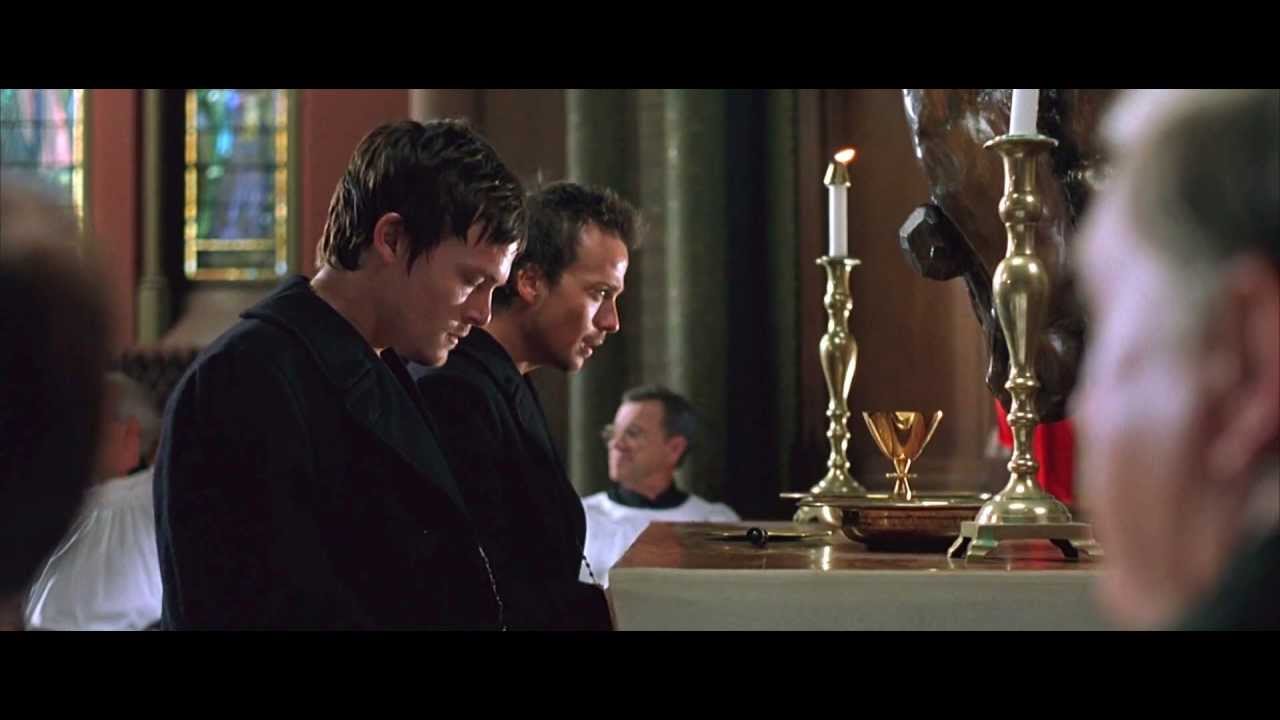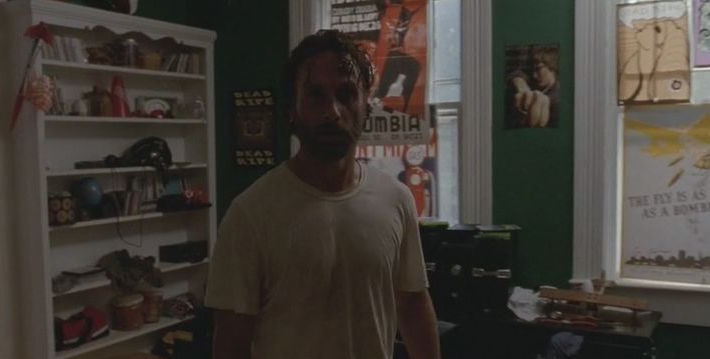How does “Boondock Saints” show the occasionally vast divide between critical and audience reception?
The opinion of the public and the opinion of film critics are not always in line. Critics look analytically at the elements that construct a film, while audiences view through the lens of entertainment, primarily judging a film on whether or not they enjoyed it. Sometimes, a film that does all the wrong things in terms of composition manages to become an audience favorite. The Boondock Saints (1999) is one such picture.
Until its sequel a decade later, The Boondock Saints existed as the only film from director and screenwriter Troy Duffy. A bartender in Los Angeles, Duffy wrote the film’s screenplay during his break periods. He said he saw a drug dealer steal money from a dead woman’s body and grew increasingly upset by the constant stream of violence and terror in the world. He wrote the film as a way of acting out a form of vigilante justice on the people who make life uglier. After successfully selling the film to Miramax, the inexperienced 28 year-old Duffy was also given the director’s chair. Additionally, his band was to provide the film’s soundtrack, and Miramax even offered to buy the bar where Duffy worked and make him co-owner.
Due to a stall in the project’s production timeline, Miramax eventually dropped out, leaving Franchise Pictures to fund the project with half the budget. Duffy remained the director.

The Boondock Saints is widely hated by critics, holding a weak 20% rating on review aggregator Rotten Tomatoes. Its critic consensus reads, “A juvenile, ugly movie that represents the worst tendencies of directors channeling Tarantino.” Ruthless Reviews follows that sentiment writing “Suffice to say that if Quentin Tarantino never made it out of the video store, Saints wouldn’t exist. Yes Duffy — Sam Jackson’s recitation of that Psalm in Pulp Fiction (1994) was a great scene, but enough already.”
ScreenRant says, “This movie took a half-baked idea and executed it so poorly that the end result is almost unwatchable. This is a cinematic disaster that should be avoided at all costs.”
The A.V. Club agrees, writing, “Less a proper action-thriller than a series of gratuitously violent setpieces strung together with only the sketchiest semblance of a plot, The Boondock Saints is clearly designed to appeal to heartless armchair sadists.”
StereoGum adds, “What do you say about a movie that is widely recognized as a ridiculous parody of itself? I will tell you. You say let’s keep ridiculing this movie that is a ridiculous parody of itself, you guys, because oh man, this is a hilariously horrible movie.”

All that said, The Boondock Saints has a 7.9 rating on IMDB among viewers. The films at the lower end of IMDB’s famous “Top 250” list have a score of 8.0, putting Boondock Saints just below qualification on one of the internet’s standards for the best films in history according to aggregated audience voting. It is truly a shining example of the way audiences and critics don’t always view films the same way.
The Boondock Saints never found its way to theaters, as it was unavailable to find an American distributor wishing to push the film following the events of the Columbine shooting. It was a rocky movie from a no-name director created in a time when the public’s distaste for gratuitous gun violence was at an all-time high. Not to mention Duffy’s dealings with Miramax had created buzz in the industry that Duffy wasn’t a great person to work with. After a straight-to-video release, The Boondock Saints gained a cult following and has emerged into the polarizing picture it is today.
What makes it lauded by critics? The Boondock Saints is so proud of its own goofy style that is borders on self-parody (or madly embraces it with open arms, depending on your generosity). It is demented and intentionally over the top, complete with ridiculous characters and a tragically thin plot in which two religious twin brothers kill Boston’s entire mafia because they took over the boys’ bar. The brothers, Connor and and Murphy MacManus (Sean Patrick Flanery and Norman Reedus, respectively, both feigning hideous Irish accents), are assisted on-camera by cartoonishly homosexual FBI agent Paul Smecker (Willem Dafoe) who has a preternatural understanding of events he didn’t witness.
The film starts well enough but heavily dissolves as it progresses. Den of Greek writes, “It’s interesting to see Smecker pick apart what Connor and Murphy have been up to. But as the violence intensifies in the last 50 minutes, the story disintegrates into a narrative sludge, with even the precise, calculating Smecker devolving into a perspiring, desperate maniac.” The film spends more time trying to come up with clever ways for the boys to kill people instead of justifying why its victims deserve death.
What makes it so watchable to audiences? For the most part, those very same qualities, as evidenced by StereoGum’s quote above where they refer to the film as “widely recognized as a ridiculous parody of itself.” The film’s commitment to its own obnoxiousness has given it definitive “so bad it’s good” classification among audiences. It is an irreverent fast food movie—nobody watches Boondock Saints to experience a master class on cinematic perfection, and you won’t find any aspect of Duffy’s direction taught in academic film study. It is hilariously over-the-top in every single element of its construction: plot, characters, action, dialogue, cinematography—you name it, Boondock has it in spades of silliness. It is style over substance, and sometimes that’s what people want.
The Boondock Saints also has appeal simply because of its status in cinema culture. People are interested in seeing what the fuss is all about. Clearly, the film is surviving the test of time as Troy Duffy wrote and directed its sequel in 2009 (to largely the same critical response), indicating an ongoing market for the MacManus Brothers a decade later.
Undoubtedly, the soaring career of Norman Reedus, now a household name for his portrayal of character-favorite Daryl Dixon on The Walking Dead (2010), has helped The Boondock Saints maintain ongoing viewership over the past six years. The Walking Dead has even thrown Boondock easter eggs into the series, like the moment when Andrew Lincoln stands in front of a Boondock Saints poster on a bedroom wall in an abandoned house.

What The Boondock Saints proves is what we already know: People like to be entertained. An entire documentary has been made about Troy Duffy and his tumultuous rise to fame with the lauded Boondock films. The very basis of that documentary shows that crummy art can be as enjoyable as good art.

